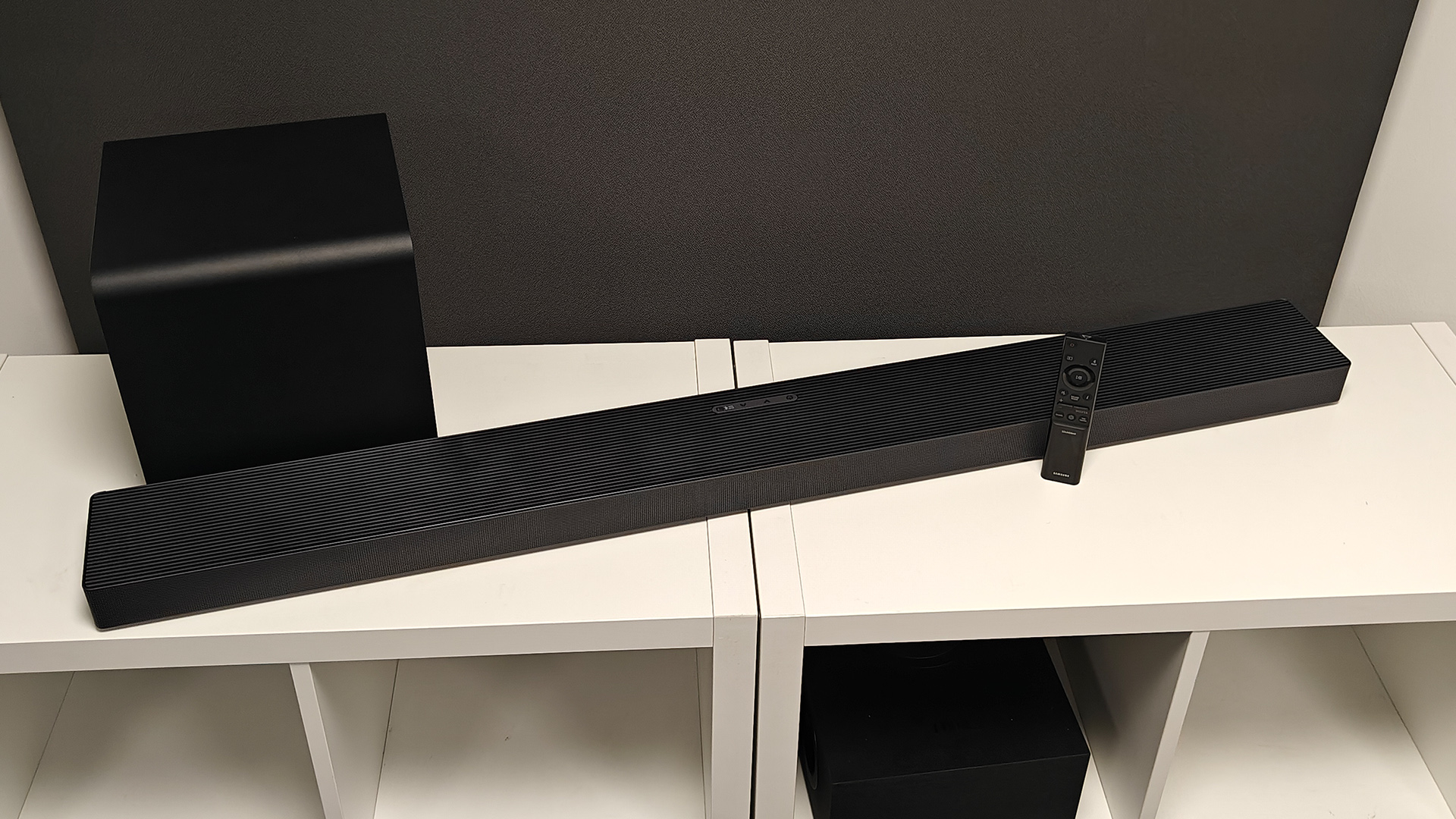Some ear-time with the SoundScience QSB cubes
Following on from my blog-post the other day about what NXT's been up to of late, I caught up with David Archer of SoundScience, the maker of the little QSB speaker system I mentioned there. It's the first system to use NXT's DyadUSB amplifier/speaker package, able to deliver 2x15W into a pair of NXT Balanced Mode Radiator drivers using no more than the power on the USB connection.
David happened to have some meetings not too far away from Haymarket Towers the other day, so came in with an early sales sample of the QSB, production of which starts early in October in time for the Christmas market. And when he insisted on me having a play with the sample speakers for a couple of days, was I going to refuse?
He explained some of the background and plans of the company: based in Salt Lake City, USA, it's been in business for three years or so, and already has a range of 'accessory' products including a couple of high-end cable ranges and both headphones and in-ear 'phones.
David showed me a very nifty pair of ceramic-bodied 'in-ear monitors', which combine a real luxury feel with a superb sound, no doubt in no small part due to the ultra-rigid, resonance-damping properties of the housings.
But the main item on the agenda was the QSB, David explaining that the company had been working with both NXT on drivers and Audium for its amp modules before the fortuitous joining of forces between the two when Audium became part of NXT.
In fact SoundScience is already working on further developments of the QSB concept, either using multiple NXT BMRs or simply a larger driver, to follow on from the initial product, as well as considering ways of progressing from the wired USB connection to using wireless technology in the future.
But for now we have the QSB themselves, likely to be in the shops in the next month or two at a price equivalent to €99. SoundScience has European warehousing and distribution in the Netherlands, and its salesforce is working with the 'big box' retail chains as we speak.
The latest hi-fi, home cinema and tech news, reviews, buying advice and deals, direct to your inbox.
Having now had the little speakers sitting on my desk both here in the office and at home for a day or two, I have report that these are both a very neat little product, and a tempting taste of what the DyadUSB system can do.
The speakers are small -– just 8.5cm on each side –, solidly built with their metal-mesh grilles, and have no controls: you just plug in using the USB cable, and then control the sound using your computer's sound controls, the volume slider in iTunes or whatever, and of course adjust the tonal balance using the iTunes equaliser.
Not that you're likely to want to do that much. Even though the set we had weren't quite to finished production spec – in that the USB cable and the link between the two speakers were via fixed cables, whereas in production they'll be detachable for easier packing for travel – the sound from these little cubes is mighty impressive.
I've been using the speakers for everything from listening to music (of course) to playing the BBC iPlayer and podcasts, and the main attractions are a well-weighted bass – well, down to 100Hz or so –, smooth tonality across the frequency range (as you might expect from single full-range drivers) and the ability to go loud.
Room-filling sound
They can easily fill a reasonably-sized room without any break-up or sonic nasties, and do that almost magical NXT/BMR thing of maintaining a decent stereo image even when you're much closer to one speaker than the other.
But most of all they sound big: really big, and with not a hint of tinny or chesty coloration to spoil the party.
I've asked for a proper review sample to lob at the test team just as soon as the finished version hits these shores, not least because I'd really like to play with them some more...
Andrew has written about audio and video products for the past 20+ years, and been a consumer journalist for more than 30 years, starting his career on camera magazines. Andrew has contributed to titles including What Hi-Fi?, Gramophone, Jazzwise and Hi-Fi Critic, Hi-Fi News & Record Review and Hi-Fi Choice. I’ve also written for a number of non-specialist and overseas magazines.
